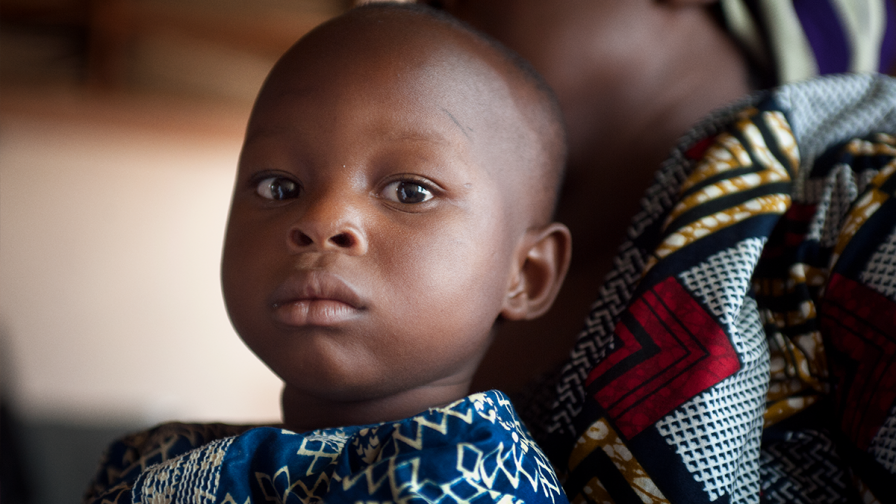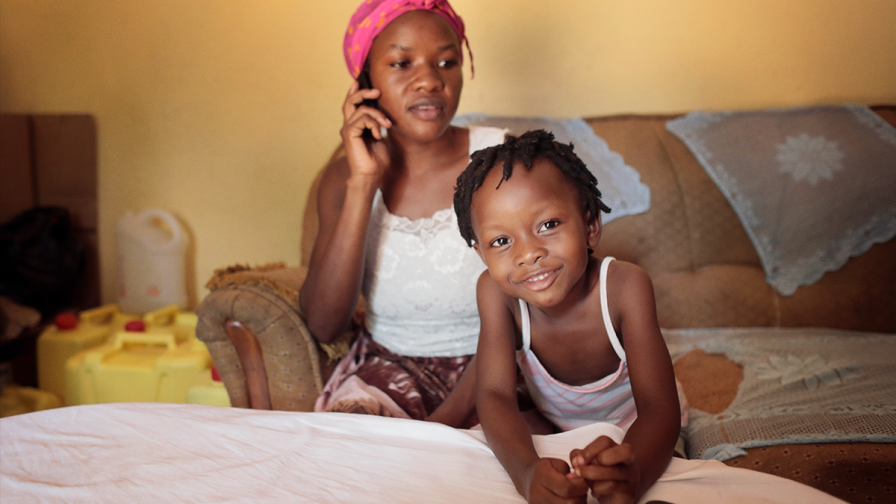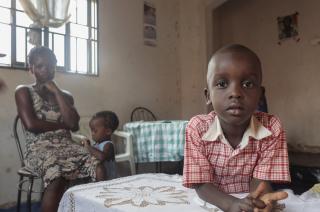The World Health Organization strongly recommends tuberculosis (TB) preventive therapy to children under the age of five years who are household contacts of persons with bacteriologically confirmed TB. Yet only 23 percent of an estimated 1.3 million children under the age of five years, who were household TB contacts and eligible for TB preventive therapy, actually received it, according to the WHO Global TB Report 2018.
Two Union-led projects, in Uganda and four French speaking countries, successfully developed influential models which saw local health workers trained to identify and treat children with TB as well as identifying those who would benefit from TB preventative therapy.
The Union’s TITI Study
The Union’s TITI (Transmission Investiguée de la Tuberculose Infantile) study provided evidence for the effectiveness of a simple model for ensuring life-saving treatment and prevention for TB reaches every child in need.
The study took place in Benin, Burkina-Faso, Cameroon and Central African Republic, enrolling 2000 children over 18-months, targeting children under five years living in a household with an adult diagnosed with smear-positive pulmonary TB.
Children who did not have TB disease were placed on a three-month course of TB preventive therapy in Burkina-Faso, Cameroon and Central African Republic, reducing by half the duration of the usual six-month isoniazid regimen that is currently used in most countries. Children in the Benin arm of the study were given a six-month course of TB preventive therapy.
Results from the TITI Study, demonstrated that the three-month rifampicin-isoniazid (3RH) regimen was found to be a valuable alternative to the six-month isoniazid (6H) regimen for preventing TB in young children. This shorter regimen can facilitate better adherence and completion, and is available as a fixed dose combination tablet that is dispersible and child-friendly. The study, also showed that contact investigation and preventive therapy were successfully implemented in resource-limited urban settings under programmatic conditions with few additional resources being required.
The study was conducted with funding from Initiative 5%/Expertise-France.

Ansek, two and a half, was photographed during a consultation with the nurse to initiate preventive treatment. Ansek’s uncle is in treatment for TB. Initiation into The Union’s TITI study requires children to visit the clinic twice in the beginning – once to have a TB skin test and chest X-ray, and again so the health staff can analyse the results of the test and begin TB treatment or preventive therapy
Decentralise TB services and Engage Communities to Transform lives of Children with TB
The Union’s DETECT (Decentralise TB services and Engage Communities to Transform lives of Children with TB) project in Uganda piloted a model of care for child TB from 2015 to 2018. The aim of the project was to strengthen district and community level health care delivery to improve childhood TB case finding, treatment and prevention with a focus on decentralising child TB services from hospitals to lower level health facilities.
The project was established in 2015 in two contrasting districts: Kabarole, a rural district in western Uganda, and Wakiso, an urban setting in central Uganda. Project staff trained healthcare workers at local health facilities to diagnose and treat child TB, and community healthcare workers were trained to screen people on TB treatment to ensure children in the household were identified for preventive therapy.
Results from the two districts showed that TB diagnoses doubled, as did the proportion of children diagnosed with TB among all TB cases – supporting estimations of a startling gap in child TB detection. TB preventive therapy for children at risk of developing TB increased from five percent to 74 percent by the end of the pilot phase. In addition, treatment completion – in both children and adults – increased from 65 percent to 82 percent.
The Union secured financing to continue this successful project past the pilot phase, the results of which were published in the IJTLD in 2018, with support from the US Centers for Disease Control and Prevention.
Following the success of this project, the Ugandan Ministry of Health, working through the National TB and Leprosy Programme, scaled up this model of care to 10 new districts with support from the Global Fund.

Four year old Françoise was treated and cured of TB through The Union’s DETECT Child TB project following six months of treatment. She was photographed with her mother in her home in Entebbe, Uganda.

